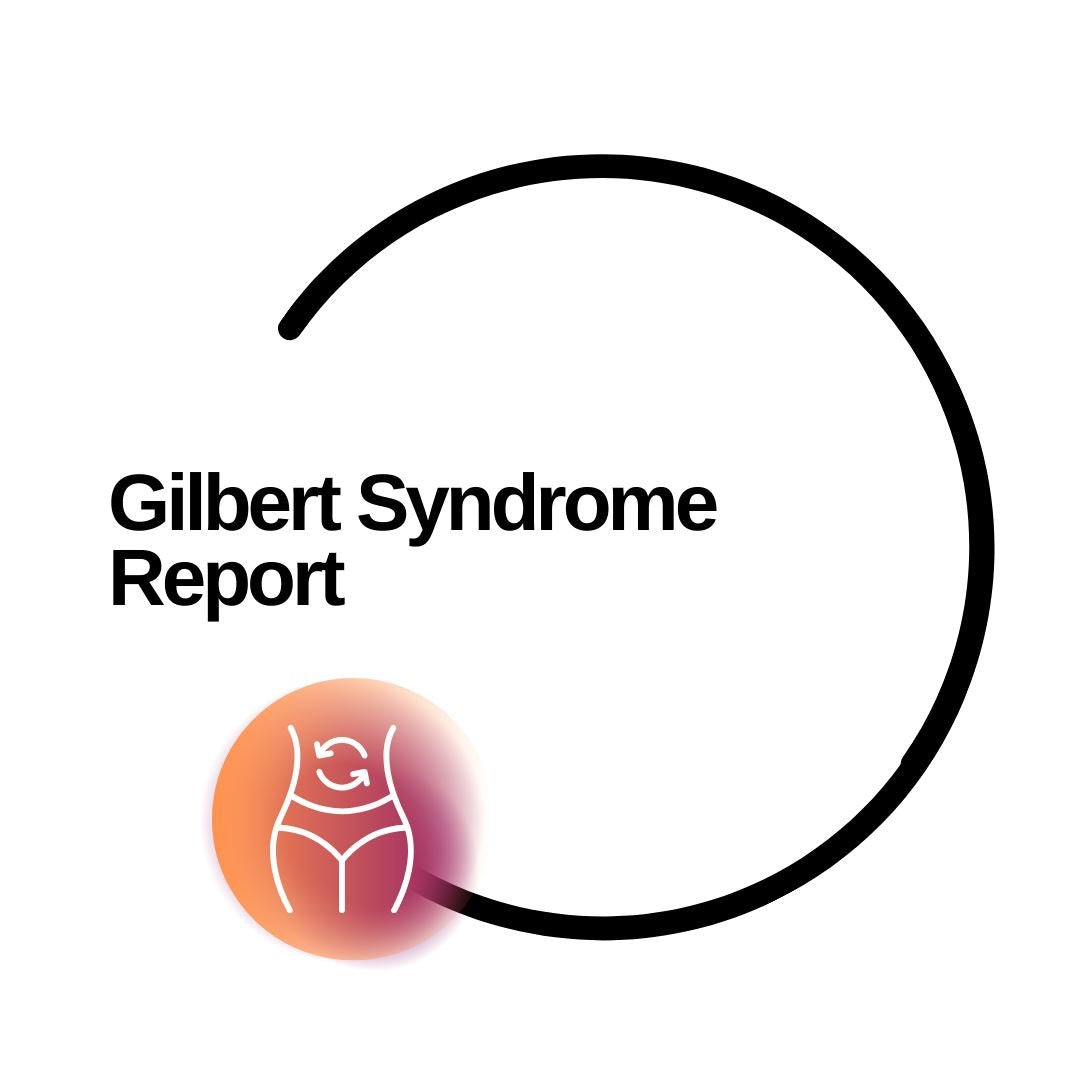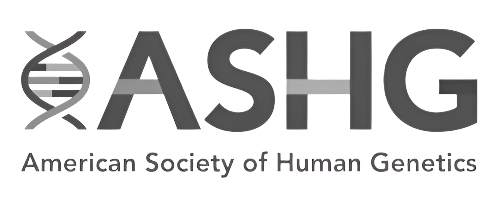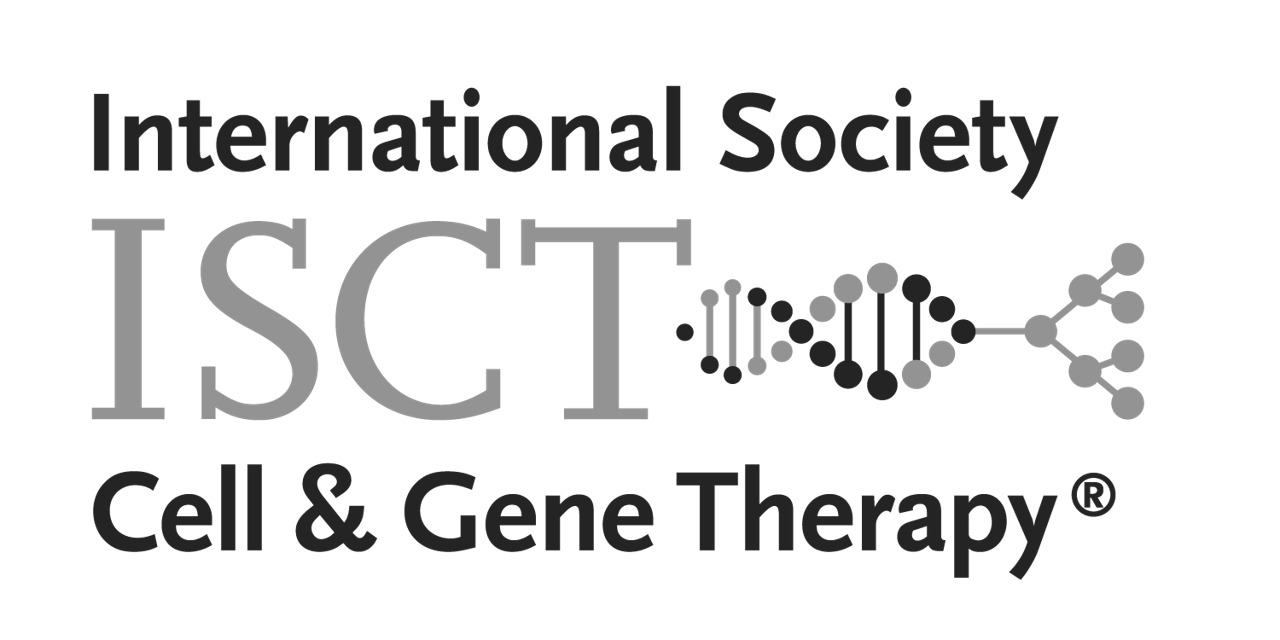This report does not include the Genome Sequencing test (to be purchased separately)
Gilbert Syndrome Report
Gilbert Syndrome Report
Impossible de charger la disponibilité du service de retrait
✔️ Add-on Report to your Genome Test
Gilbert Syndrome
The Gilbert Syndrome report is a genetic test used to identify mutations in the UGT1A1 gene, which is involved in bilirubin metabolism. Mutations in this gene can lead to Gilbert syndrome, a common genetic disorder characterized by elevated levels of bilirubin in the blood. The report tests for genetic variants that are known to affect these processes.
1 or more genes analyzed
It is recommended if:
This report is designed for individuals with a family history of Gilbert syndrome or individuals with symptoms of the condition, such as mild jaundice, fatigue, and abdominal pain. Genetic testing can confirm a diagnosis, inform treatment and management decisions, and guide family planning. Testing can also provide reassurance for unaffected family members.
List of main conditions:
- Gilbert Syndrome
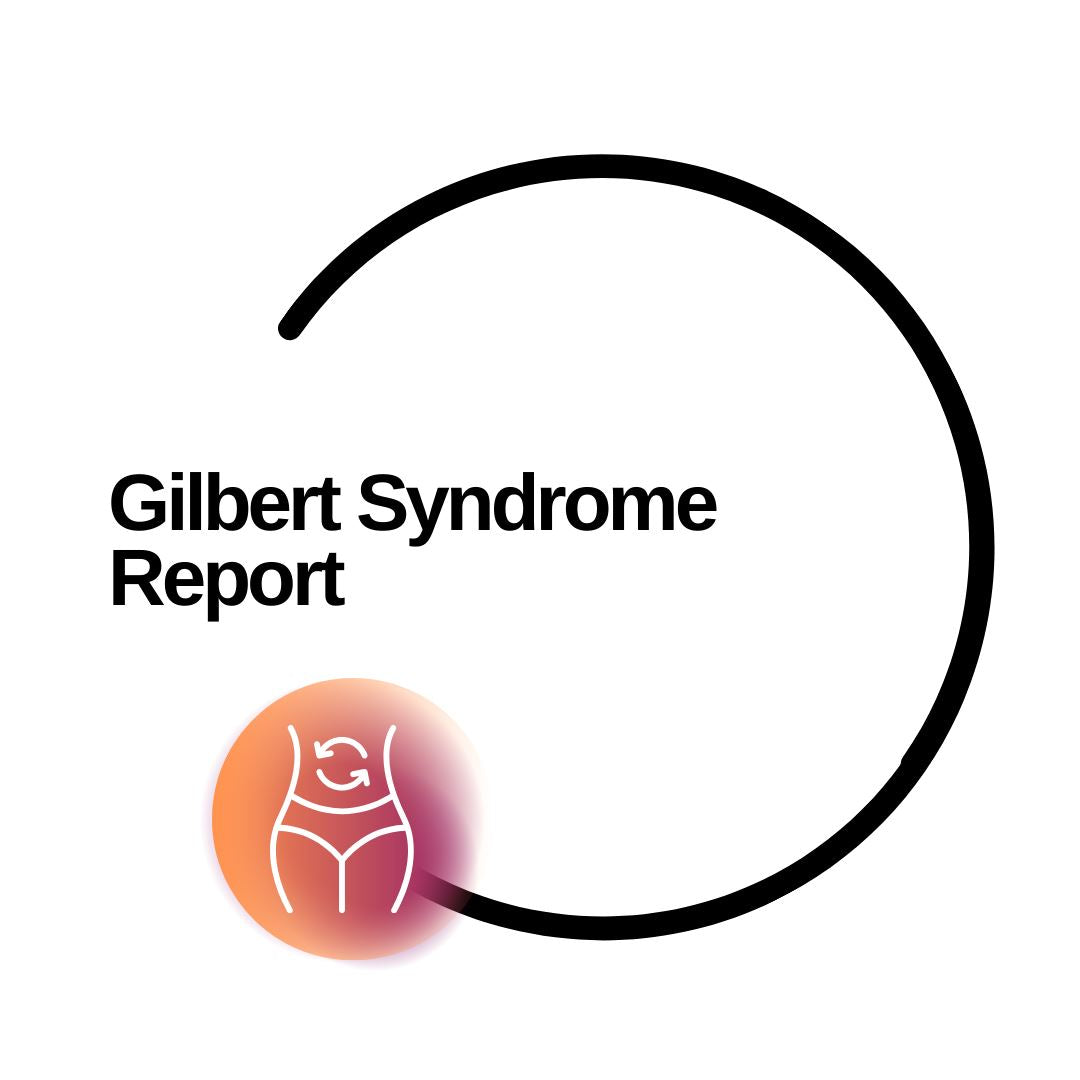
Your blueprint for a healthier life
-
Actionable Insights
Receive a complete blueprint to anticipate health risks years before symptoms appear, get a personalized prevention plan and make informed choices for a longer, healthier life
-
Your full DNA
Get the full picture, not a snapshot. The genome is your full DNA and has 10,000 times more data than most wellness and ancestry DNA tests that analyze less than 0.01% of your DNA.
-
A lifelong investment
Your DNA never changes, but science advances exponentially. Receive updates whenever new discoveries emerge—no need for repeated tests. Today's investment is tomorrow's insight
Thousands of lives transformed by the Dante Genome
Join the thousands whose life was transformed by the Dante Genome.
Better medical support, better clinical insights, real action plans, a new tool for your doctor


Why Dante
-
Superior Health Insights
You receive actionable insights and a plan to take real steps in your life. Our reports provide real guidance on how to improve your healt and well being
-
Deeper Science
From rare diseases to neurology, from longevity to family planning. Our sceince and expertise help solve more problems. Our reports cover a wide range of health uses
-
10,000 Times More Data
Unlock the power of 100% of your DNA. The genome has 10,000 times more data than most wellness and ancestry DNA test that analyze less than 0.01% of your DNA
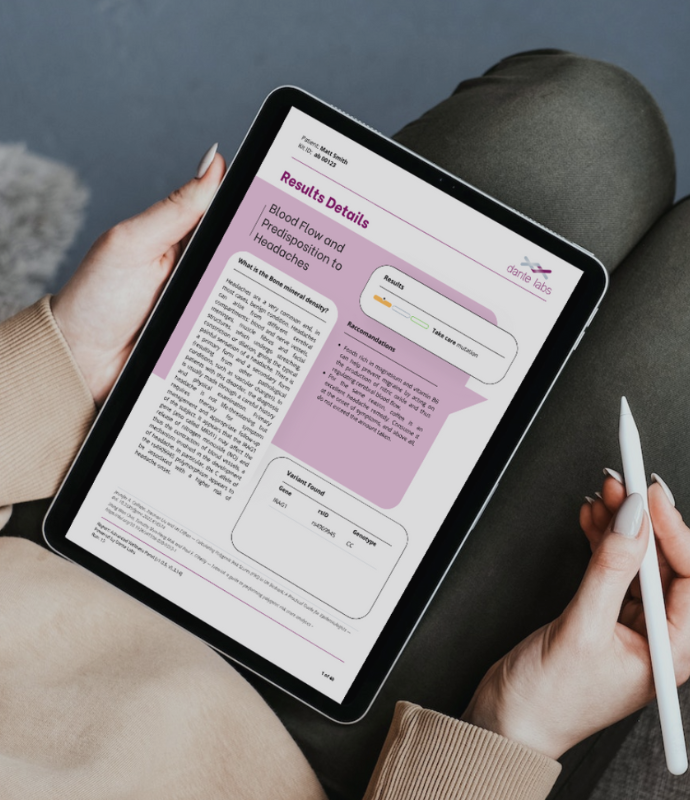
Superior Insights
- Fully personalized reports
- Actionable insights
- Genetic counseling (extra)
- Proactive screening report
- Future updates
- Simple sample collection kit
- Free worldwide shipping
- 30X Coverage
- Full ownership of your data
- GDPR privacy protection
Deeper Science
-

1 Million Genomic Reports
We generated more than 1.3 million genomic reports based on whole genome delivering superior results to users in 100 different countries
-
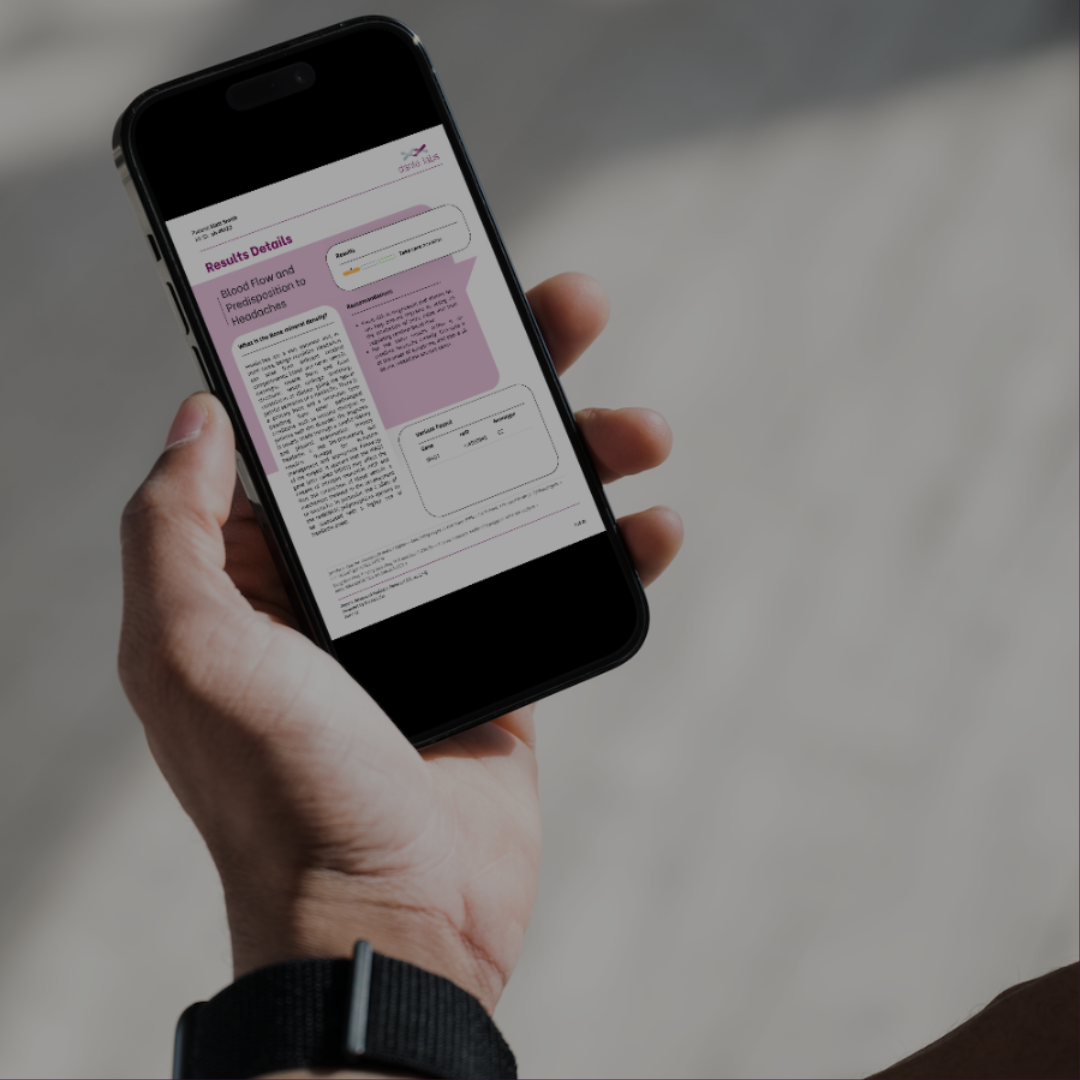
AI Powered Interpretation
From the AI Genome Chat to our automated updates, the Dante Genome offers actionable health insights across your entire body
-
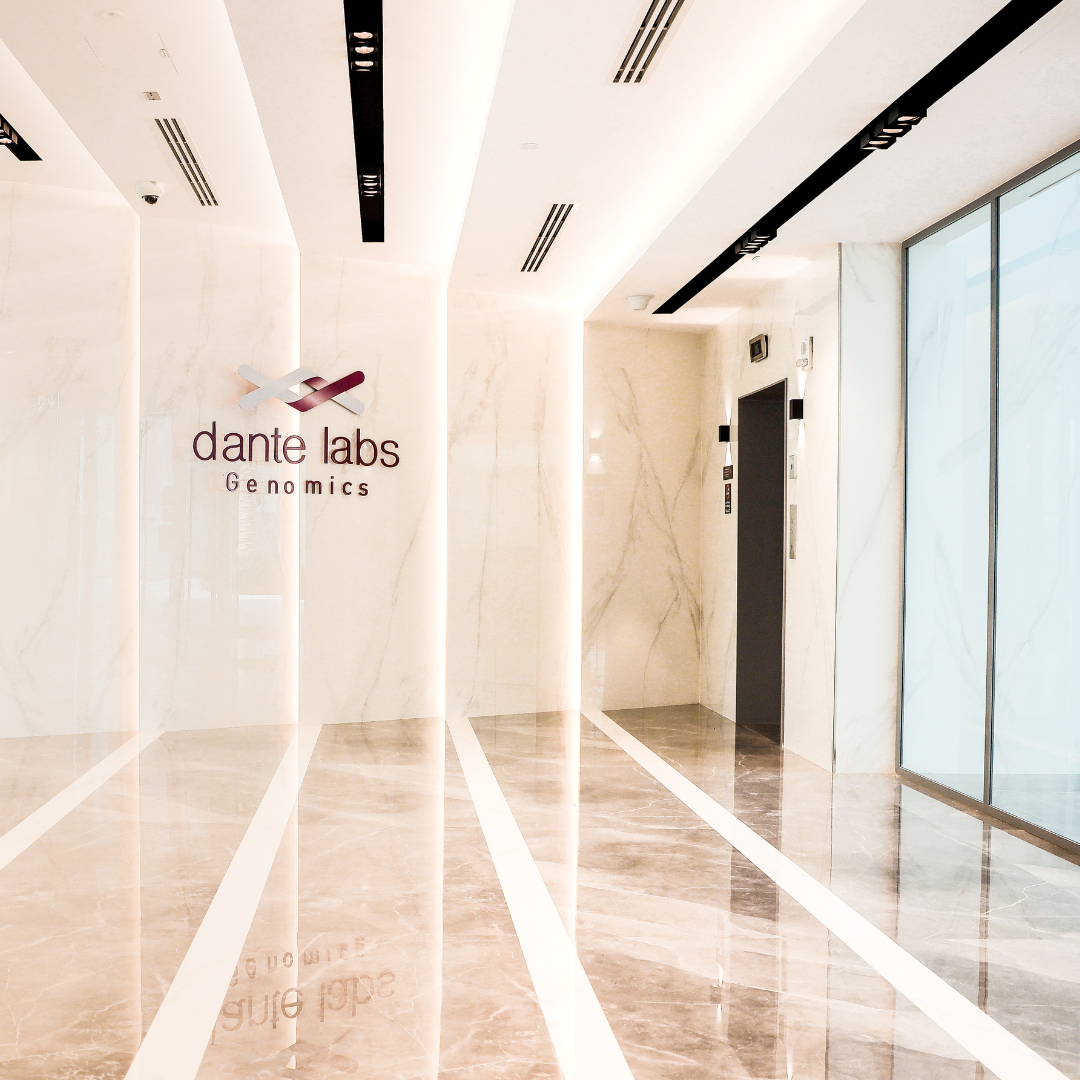
State-of-the-art Sequencing Lab
We run a clinical multiomics sequencing lab with ISO9001 accreditation and multiple Next Generation Sequencing workflows
10,000 times more data
-

The Dante Genome Test
Whole genome sequencing is the analysis of your full DNA - 100% of your DNA - the most complete and comprehensive and complex DNA test available.
We provide whole genome sequencing and generate and analyze 10,000 times more data than traditional genetic tests that only analyze less than 0.01% of your DNA.
-

Traditional DNA Tests
Traditionally, genetic tests are limited to examining specific genes or regions of the genome, missing more than 99.9% of your DNA.
These inferior DNA tests are based on an old technology called microarray but provide only limited insights.
FAQ
What is included in the test?
You receive your full whole genome data (FASTQ, BAM and VCF files), and AI reports. You can get additional reports anytime, without the need to re-send your sample.
What is 30X coverage?
30X coverage is the gold standard in clinical grade whole genome sequencing, offering high-confidence variant calls and interpretation. A 30X whole genome is a superior test than a low pass genome or a microarray
Will I get my raw data?
Yes - FASTQ, BAM, and VCF files are included
Who owns my DNA data?
You own your data. 100% of it. 100% of the time.
How do I collect my sample?
You will receive a saliva sample collection kit at home. Painless. Non invasive. Easy to use. And also a prepaid return label to send the sample back to our lab
What about shipping?
Shipping is free. Everywhere in the world. You will receive a return label with your kit to send your sample back to our lab
Do you work with companies?
If you have an interesting project or would like to speak with our B2B Team, please contact us. We provide genomics and multi-omics services to universities, biotech companies, clinics and hospitals

